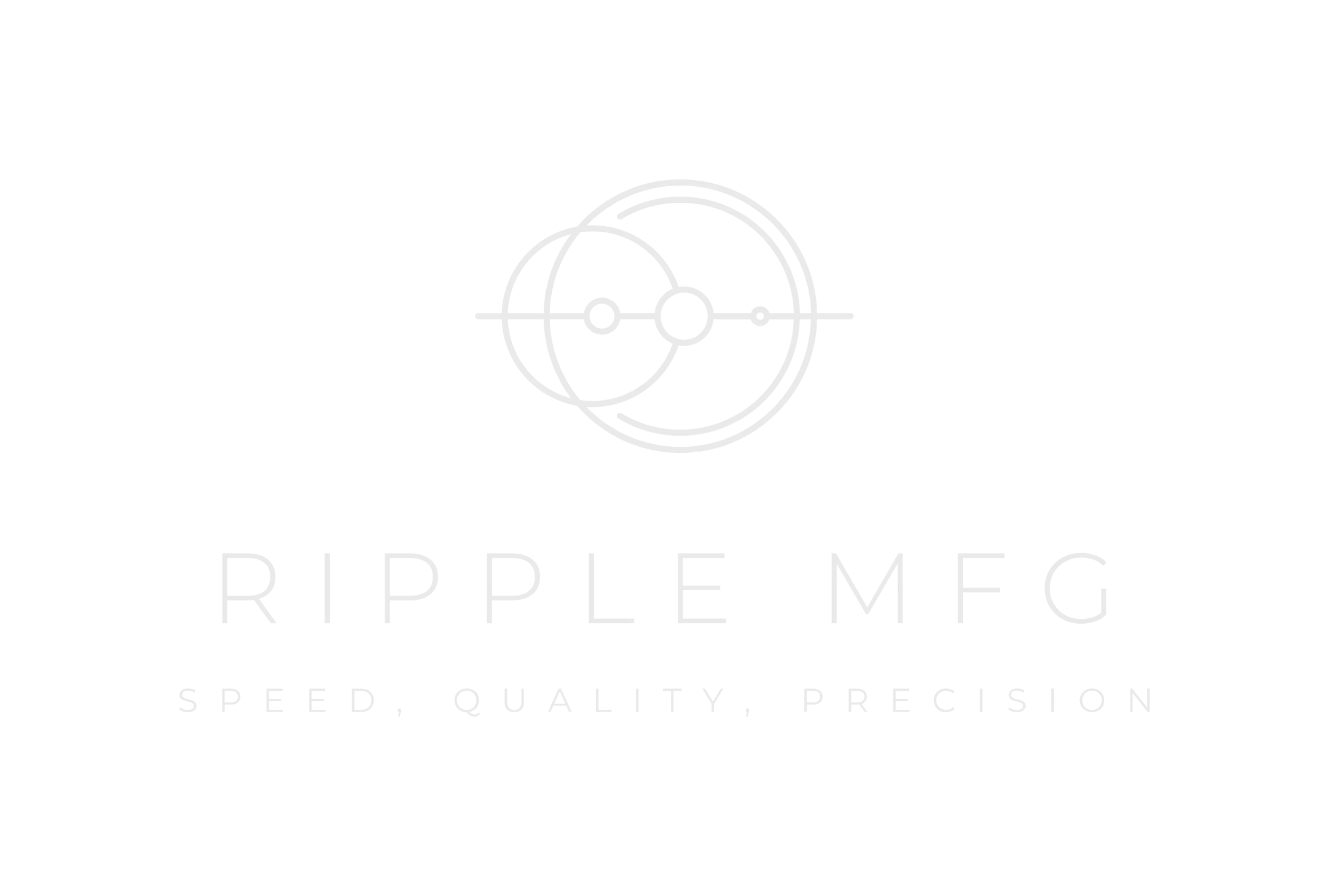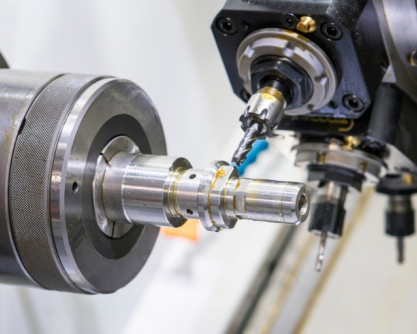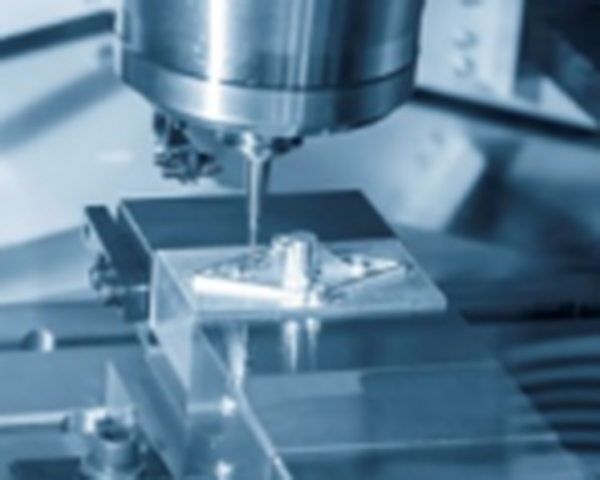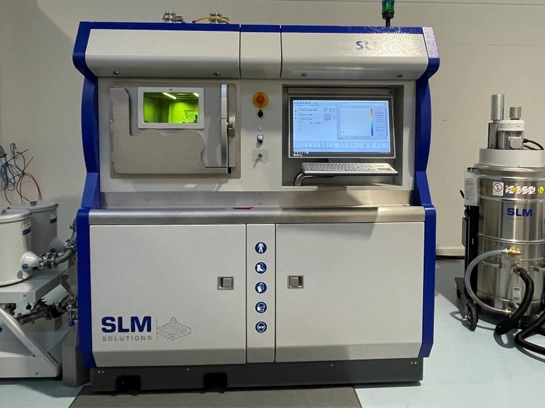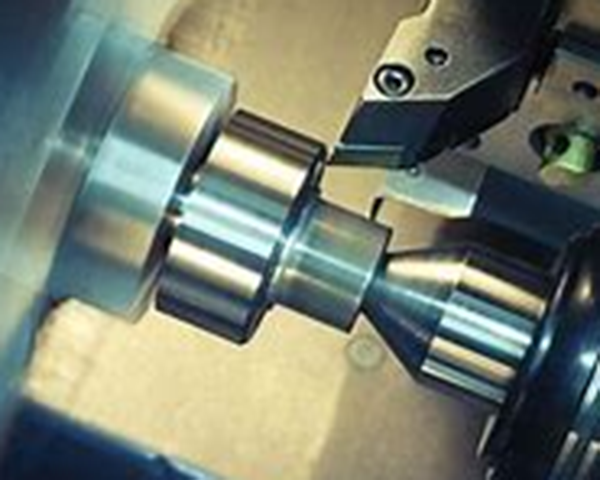In today's digital age, microelectronics play an increasingly significant role in shaping our technological landscape. From smartphones and laptops to medical devices and self-driving cars, these tiny marvels enable us to live in a connected, high-tech world. But have you ever wondered how these microelectronics are produced with such precision? Enter high precision tools – the unsung heroes that allow us to create the wonders of modern technology.
High precision tools are vital in the world of semiconductor manufacturing, where nanometer-scale features dictate the performance of microchips. These tools ensure that every step of the manufacturing process, from design to final inspection, is executed with unparalleled accuracy and quality. In this blog, we will explore the importance of high precision tools in semiconductor manufacturing and delve into some of the incredible technology behind these tools.
The Role of High Precision Tools in Semiconductor Manufacturing
Semiconductor manufacturing involves a complex series of processes, including lithography, etching, deposition, and packaging. At every stage, high precision tools are indispensable in ensuring that the dimensions and alignments of critical components are precise to the nanometer level. Even a tiny deviation from the specifications can significantly affect the overall performance and reliability of the microchip.
For instance, lithography, which involves transferring circuit patterns onto a silicon wafer, relies heavily on high precision tools such as photolithographic steppers. These machines utilize advanced optics, laser systems, and computer-controlled positioning systems to achieve extraordinary precision in patterning the chip's features. Without the accuracy provided by such tools, the miniaturization and complexity of modern microelectronics would not be possible.
Cutting-Edge Technology Behind High Precision Tools
High precision tools are a result of continuous innovation and technological advancements. In recent years, the development of extreme ultraviolet (EUV) lithography has revolutionized semiconductor manufacturing. EUV lithography utilizes a wavelength of light at 13.5 nanometers, allowing for even finer details and reducing process complexity. This breakthrough technology enables the fabrication of more densely packed transistors and enhances chip performance while reducing power consumption.
Another example of cutting-edge technology is the advent of atomic layer deposition (ALD) for depositing thin films with atomic-level control. ALD ensures precise thickness and uniformity, which are critical for the performance and reliability of modern microchips. The combination of high-precision tools like ALD and EUV lithography has pushed the boundaries of semiconductor manufacturing, enabling the production of faster, more efficient, and more powerful microelectronics.
Advancements in High Precision Tools and their Impact on Semiconductor Manufacturing
As new challenges emerge in semiconductor manufacturing, the demand for high precision tools continues to grow. The continuous push for miniaturization, increased functionality, and higher device speeds requires more sophisticated tools and techniques. Manufacturers are investing in research and development to develop tools that can meet these ever-increasing demands.
With advancements in machine learning and artificial intelligence, high precision tools are becoming smarter and more autonomous. These tools can self-optimize processes, detect and correct errors in real-time, and provide valuable feedback for process improvements. Additionally, the integration of high precision tools with advanced metrology techniques enables comprehensive inspection and characterization of microchips, ensuring compliance with stringent quality standards.
In conclusion, high precision tools are the unsung heroes that enable the production of microelectronics that power our modern world. From lithography systems and atomic layer deposition to cutting-edge advancements like EUV lithography, these tools push the boundaries of what is possible in semiconductor manufacturing. As technology continues to advance, it is certain that high precision tools will play a crucial role in shaping the future of microelectronics, enabling even more astonishing marvels.
- Automotive Ingenuity: Revolutionizing Vehicle Design with Prototype MachiningJanuary 5, 2024In the modern automotive industry, innovation and technology play an integral role in shaping the future of vehicles. One process that stands out amidst this evolution is prototype machining. With its...view
- Development History Of Injection MoldingFebruary 27, 2023Introduction to Injection Molding Injection molding is also known as injection molding, which is a kind of injection and molding method. The advantages of injection molding method are fast production ...view
- How Precision Tool Manufacturing Can Improve EfficiencyMarch 19, 2024In modern industrial manufacturing, precision tools play a vital role. With the intensification of market competition, improving the efficiency of precision tool manufacturing has become an urgent nee...view
- What Are The Characteristics Of Precision CNC MachiningFebruary 27, 2023First, precision CNC machining process is concentratedCNC machine tools generally with automatic tool changer, tool magazine, tool change process automatically controlled by the program, therefore, th...view
- Harmony in Sound: 4 Axis CNC Machining for Musical Instrument SuppliersNovember 23, 2023When it comes to crafting musical instruments, precision and attention to detail are paramount. Whether it's a finely tuned guitar, a melodically rich piano, or a beautifully crafted violin, every...view
- Speeding Up Style: Custom Rapid Prototyping in Fashion DesignNovember 23, 2023Fashion is an ever-evolving industry that thrives on innovation and creativity. It is an art form that allows individuals to express their unique personalities and showcases the latest trends. In rece...view
